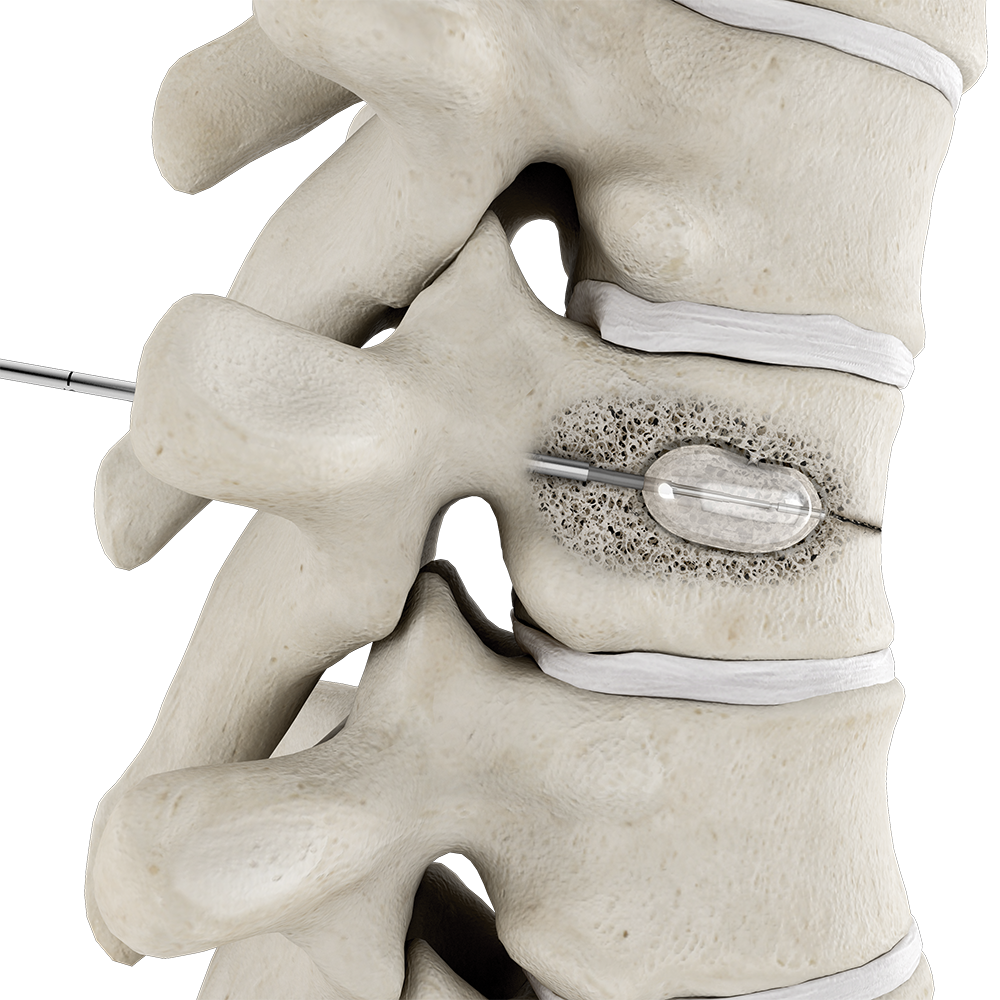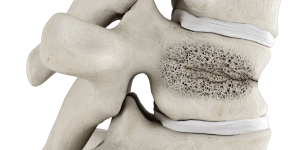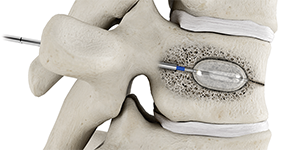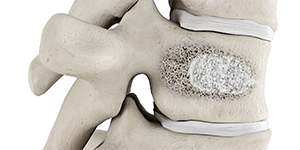
Balloon kyphoplasty
Approach back pain with a minimally invasive solution
The balloon kyphoplasty (BKP) procedure has been reported to provide patients with significant improvements in pain, mobility and the ability to perform daily tasks.
Are you experiencing one or more of these symptoms?12
- Sharp, sudden back pain
- Pain that increases during standing or walking
- Pain that becomes less intense when lying on back
- Pain that causes limited spinal mobility
- Symptoms that do not improve with non-surgical treatment (bed rest, back brace and/or pain medications)
What to expect with a balloon kyphoplasty procedure
View the procedure step-by-step

Before the procedure
Your doctor will do a physical exam and order x-rays and/or other imaging tests, such as an MRI, CT or bone scan.4 These tests help to determine the location of the fractured vertebra, how recently the fracture occurred and whether or not vertebral augmentation with BKP is the most appropriate treatment.

During the procedure
Generally, vertebral augmentation with BKP is performed while you are awake but sedated. Your back is numbed by a local anesthetic. Using x-ray guidance, a balloon is inserted into the fractured vertebra through a small incision. The balloon is then inflated, creating a void or cavity. Once the void is established, the balloon is deflated and removed. The void is then filled with bone cement to stabilize the fracture. As it hardens, the cement forms an internal cast that holds the vertebra in place.5 The incision is covered with a bandage.

After the procedure
You’ll lie on your back for a short period of time while the cement continues to harden. Your vital signs will be monitored. Typically, patients are able to go home within a few hours of treatment.5 Please see the benefits and risks section of the brochure for more information.

